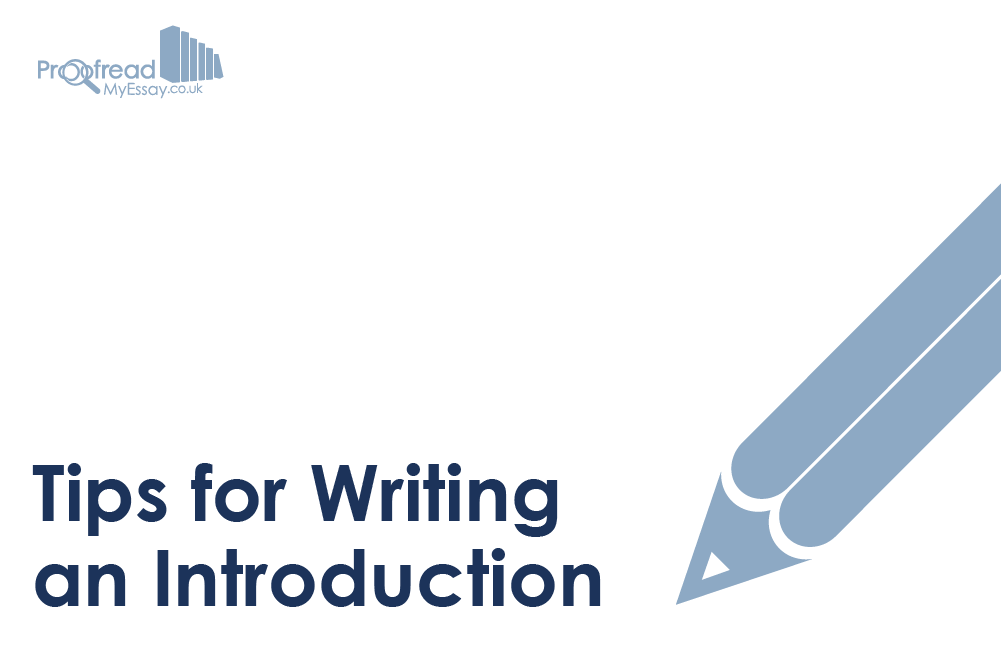The introduction is one of the most important sections of any essay, and it is essential to make the best possible first impression upon the reader.
Your introduction should be well structured, free from grammatical errors and written with a distinctive voice. But there is also specific information about your work you should attempt to include in your introduction.
The main factors to bear in mind are content, structure and style.
Content
In brief, this list details some of the essential elements to include in an introduction:
- Your research topic and area of interest
- Brief background information about previous work which has been done in the area
- What your work brings to the existing debate and why this is significant
- A statement of your intentions and objectives; a clear statement of your hypothesis
- Definitions of technical terms in your essay
Structure
Having decided upon the content, you can now break it up into as many sections as you require. Bear in mind that the introduction for most dissertations should be around two pages long and that an overly long introduction may suggest a lack of focus.
As in any academic writing, each new paragraph should flow naturally from the previous one. If you are writing an introductory chapter for a dissertation, try thinking of it as a mini essay with a logical flow, including an introduction, main argument and concluding paragraph of its own.
Find this useful?
Subscribe to our newsletter and get writing tips from our editors straight to your inbox.
Style
Composing the first sentence of a longer piece of work might seem daunting, but it’s also an opportunity to set the tone for the rest of your work. As such, you should try to make a good first impression.
The important thing is to give the reader everything they need to follow the rest of your essay/dissertation in an easily digestible fashion. This requires concision, so don’t go into more detail than necessary at this point (you can fill in the gaps in the main body of your essay). For a long piece of work, the introduction works almost as a teaser, intriguing the reader and compelling them to read on.
One way you could grab the reader’s attention is with a brief personal anecdote. But this should only be done if your anecdote is directly relevant to your argument. If you are a teacher writing about educational techniques, for instance, you could draw on your own experience to introduce the issue you are addressing.
Remember, too, that your work should always be enjoyable to read, rather than a hard slog. Write with confidence and a wide-ranging vocabulary. Don’t let sentences with multiple clauses get too long and focus on clarity when writing.
It’s also worth keeping in mind that your introduction is one of two ‘bookends’ to your work. The other is the conclusion. Referring to your introduction in the conclusion can thus offer a sense of completion.
